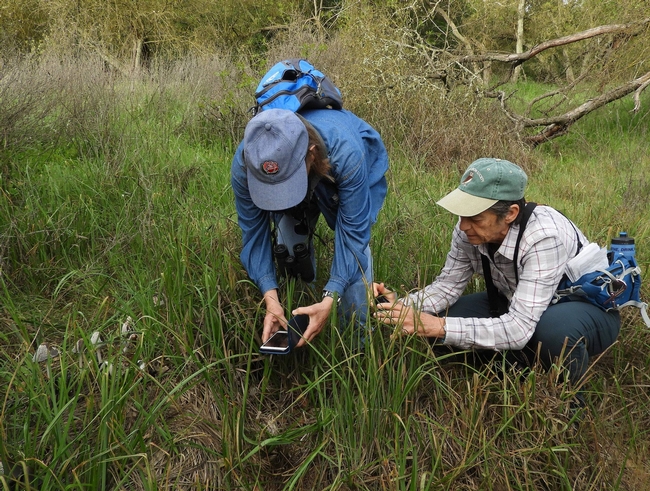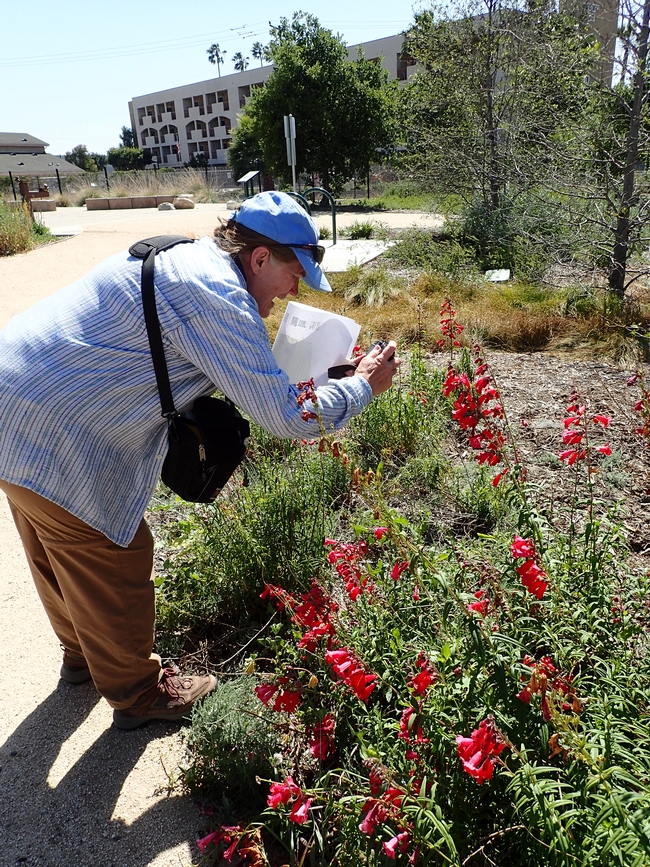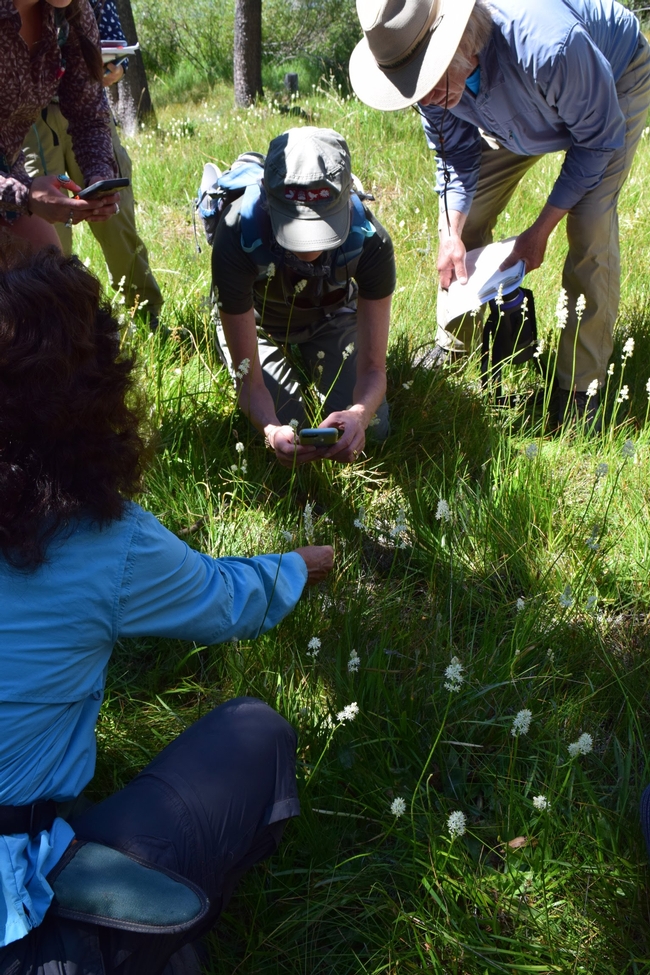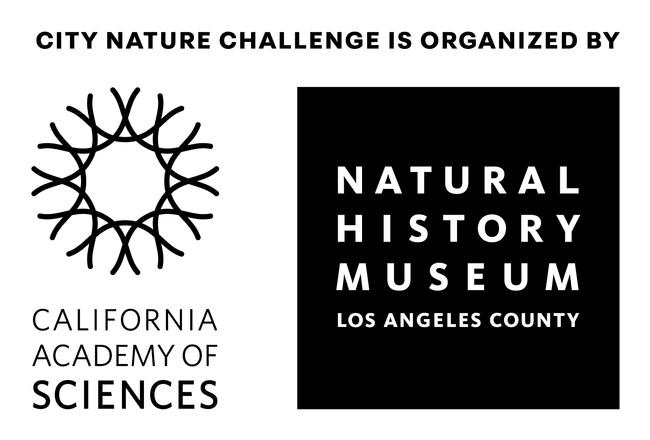Have you ever been on a walk and observed an interesting plant you couldn't identify? Encountered an unusual insect trapped in your home? Have you wondered why you used to see certain species in nature and you don't now? Or have you thought it might be neat to compile a species list for a special place, like a favorite park or your own backyard? All California Naturalists already know that there's an app (and website) for all that!
What is iNaturalist?
The free iNaturalist app is an online social network of people sharing biodiversity information to help each other learn about nature. Available for android, iPhone, and by a website, iNaturalist is a joint initiative by the California Academy of Sciences and the National Geographic Society that allows users to upload one or more pictures, provide a location, and make relevant notes like whether the subject is captivate or wild.
In response, the artificial intelligence in the app suggests what the species might be based on visual similarity and whether the species has been observed nearby. Members and organizations can set up projects and download data within defined taxa or locations to follow presence and absence, abundance, seasonality and change over time.

Verified observations are sent to the Global Biodiversity Information Facility, an international network and research infrastructure funded by the world's governments and aimed at providing anyone, anywhere, open access to data about all types of life on earth. Valuable open-source data is available to aid scientific research, government and conservation organizations, and the interested public. Nearly instant gratification for species ID combined with the ability of members to contribute to a greater good whenever they venture outdoors are huge motivators for much of the existing iNaturalist community, which currently exceeds one million users and 14 million observations.
iNaturalist observations and the upcoming City Nature Challenge
How does it work?
The City Nature Challenge takes place April 26-29, 2019. During this window, anyone can contribute observations viaiNaturalist. There will are also be a variety of events organized to help cities win the challenge. Cities are competing against each other to see which city can make the most observations of nature, find the most species, and engage the most people. At the end of the observation window on April 29, other events will be held to help participants identify and complete their observations iniNaturalist.

How can we participate in 2019?
The UC Agriculture and Natural Resources' California Naturalist program is teaming up with the UC Davis School of Education's Center for Community and Citizen Science, UC Davis Evolution and Ecology Department, and other partners in the region to put the Sacramento region in the competition for the first time. Stay updated and learn more information about how to join the fun on the Sacramento City Nature Challenge website as we add events. Experienced and beginner naturalists alike are invited to attend these events.
For those outside of the Sacramento region, participate in the Natural History Museum of LA County's Los Angeles County City Nature Challenge, San Diego Natural History Museum's San Diego County City Nature Challenge, and the California Academy of Sciences' San Francisco Bay Area City Nature Challenge. All you have to do is log in to your account and join the project. Any observations uploaded from within the project boundaries from April 26-29 are automatically contributed to the challenge.
Last year, 6 percent of the nearly 7 billion total observations uploaded to iNaturalist were contributed during the City Nature Challenge, making the challenge the single-most uploaded period of 2018. With the City Nature Challenge growing internationally in 2019, even more observations will be added in the hopes of getting more people outside, engaging with the natural spaces within urban environments, spending time with fellow nature enthusiasts and community organizations, and learning and contributing to science.

